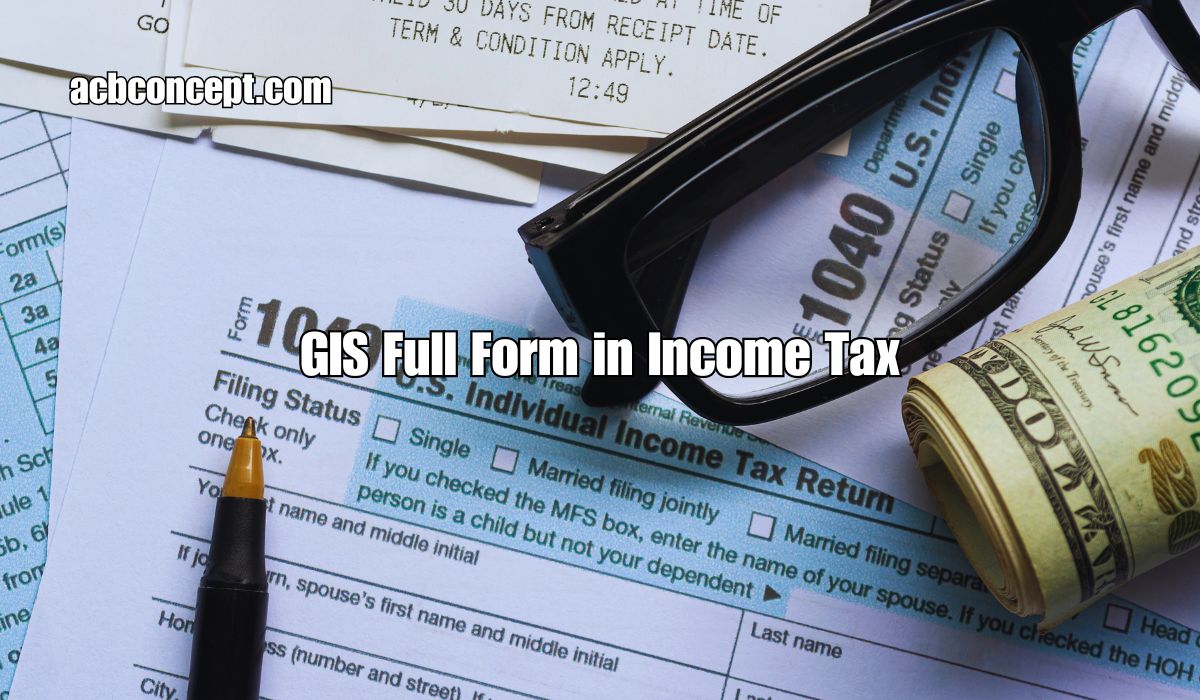
Understanding GIS Full Form in Income Tax Benefits
- by Pankaj
The GIS full form in income tax is Group Insurance Scheme. This scheme is a government initiative designed to offer life insurance coverage to groups of public sector employees. Under this program, if an employee passes away while at work, the GIS provides financial protection through life insurance, including a lump-sum payment to the employee’s family or retirement benefits if the employee retires. Contributions to this insurance are deducted from the employee’s monthly salary, accumulating over their period of service and released upon retirement or to their designated beneficiary in case of their untimely death.
Eligibility and Subscription
The Group Insurance Scheme is available to all regular government employees. The monthly premiums are a fixed deduction from their salaries, which varies based on the region and specific plan regulations. Typically, the scheme includes an insurance component as well as a savings component.
Operational Details and Benefits
Each month, a part of the employee’s salary is allocated towards GIS. Upon retirement, the total accumulated amount, including any accrued interest, is payable to the employee. If the employee dies before retirement, the accumulated funds are paid out to the nominated beneficiary. The specifics of the scheme, including monthly contributions, insurance coverage, and benefits, may vary depending on the state and the government department involved.
In summary, the GIS full form in income tax, Group Insurance Scheme, is a crucial program that ensures financial security for government employees through a combination of life insurance and savings benefits.
The GIS full form in income tax is Group Insurance Scheme. This scheme is a government initiative designed to offer life insurance coverage to groups of public sector employees. Under this program, if an employee passes away while at work, the GIS provides financial protection through life insurance, including a lump-sum payment to the employee’s…
